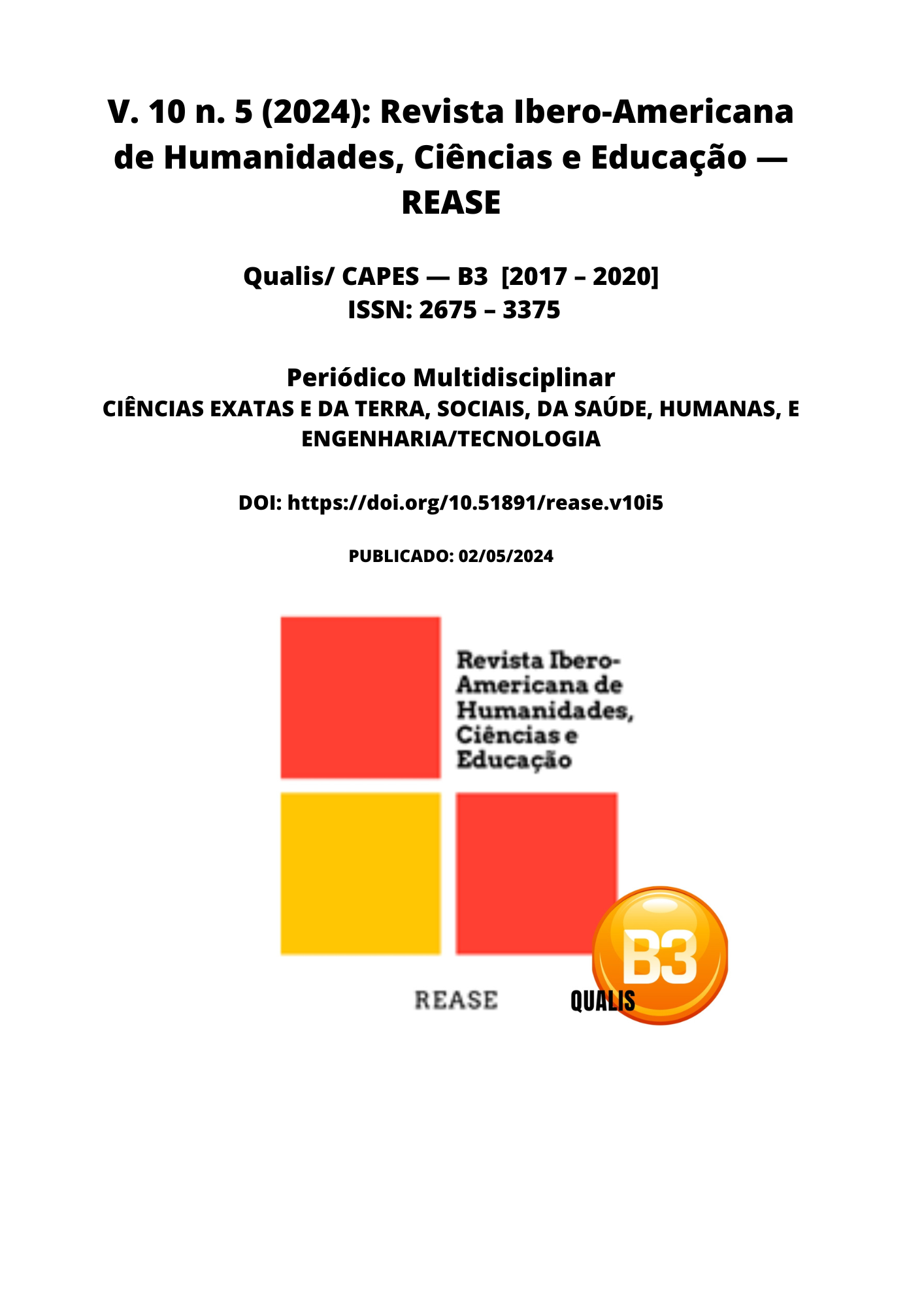LINGUISTIC SITUATION IN THE MACAU SPECIAL ADMINISTRATIVE REGION: AN ANALYSIS FROM THE PERSPECTIVE OF LINGUISTIC LANDSCAPE
DOI:
https://doi.org/10.51891/rease.v10i5.14008Keywords:
Macau Special Administrative Region. Linguistic Landscape. Quantitative Analysis.Abstract
Macau, officially known as the Macau Special Administrative Region, is a Chinese city that was under Portuguese administration until December 20, 1999, when its sovereignty was transferred to China. Due to its unique historical, social, and cultural context, it stands as a multilingual and multicultural city. Drawing inspiration from the models of Backhaus (2006, 2007) and Lai (2013), this study, combining bibliographic research and photographic analysis, provides a current view of Macau's linguistic signage through a quantitative analysis divided into six categories, highlighting its remarkable diversity. The results reveal that Macau is characterized by linguistic coexistence, with Chinese and Portuguese as its official languages, while English plays the role of an international language. Furthermore, the increasing number of tourists and non-resident workers contributes to the linguistic diversification in this city.
Downloads
Downloads
Published
How to Cite
Issue
Section
Categories
License
Atribuição CC BY

